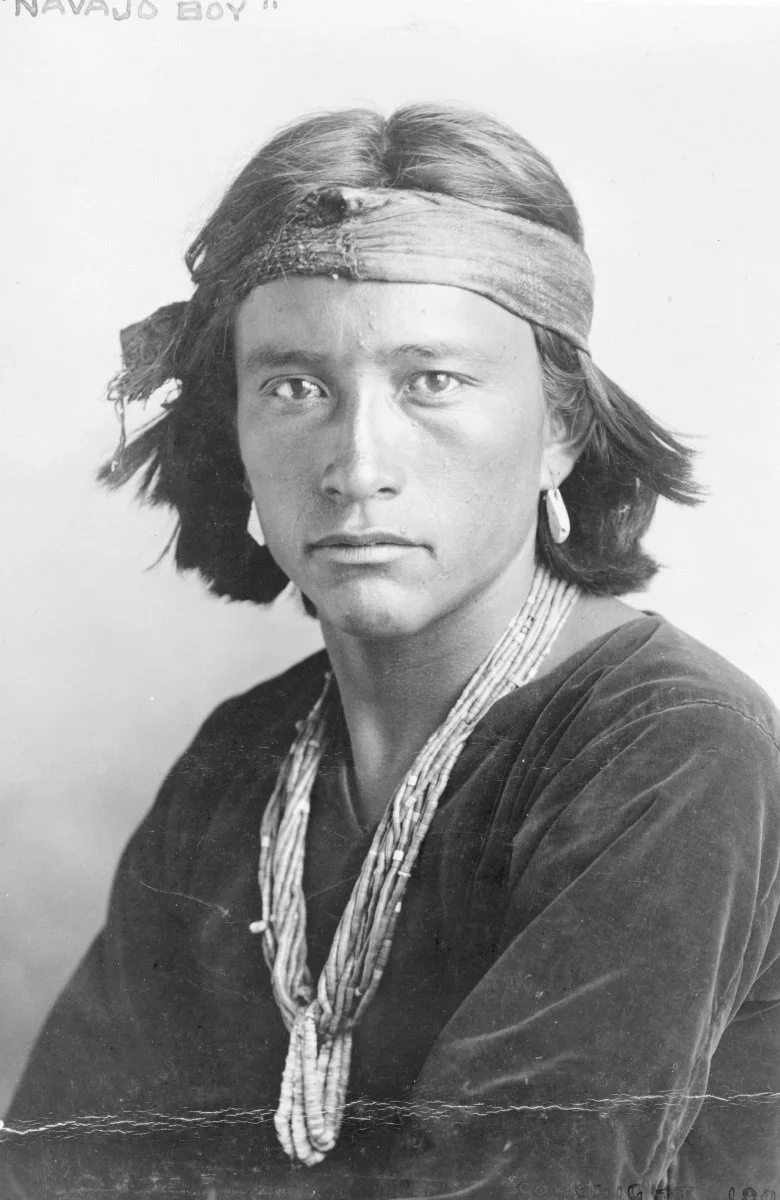Navajo boy, photographed by Carl E. Moon in 1906
Available on my print shop on Redbubble. Licencing questions? Email me!
#20DaysofNativeColors 📸 20/20
This photo is the last in a series of twenty photos I've given color of Indigenous and First Nations people who lived a century ago in America.
This journey does not have to end - support me on patreon.com/SannaDullaway
Photo by Carl E. Moon (Library of Congress)
This man was definitely photographed by Carl E. Moon, there is however conflicting information about the identity of the man in the photo:
▸According to the Huntington Library, the man is Diné (Navajo), and the word "Bi-yazh'" is transcribed from the print.
▸According to the Getty Museum, the model may actually be Esikio Tobar (1893-1950) of the Lipan Apache Tribe of Texas, wearing a Diné (Navajo) dress.
▸According to the Huntington Library, Carl Moon's title read "Navajo Boy. Che-bah-nah." NMAI's original image description read "Sohachee - Navajo Boy."
It is unfortunate we do not know what his name is for certain, or if he is Navajo or Apache, but I feel regardless of who this man might have been, he was very real and by giving his photo color I hope I could bring him closer to us.
The photographer Carl E. Moon was born in Wilmington, Ohio in 1878. He moved to Albuquerque, New Mexico in 1903, where he set up a photography studio and began making "art studies" of the Native Americans of the Southwest, both in photographs and in oil paintings, sometimes living for weeks at a time in Navajo villages.
From 1905-1906, Moon had a short-lived partnership in Albuquerque with businessman Thomas F. Keleher, called the Moon-Keleher Studio. After the partnership dissolved, Moon continued working, photographing carefully selected Indian "subjects" in a romantic, posed style. His photographs began appearing in magazines and he exhibited at the Museum of Natural History in New York. President Theodore Roosevelt invited Moon to exhibit his Native American photographs at the White House.

